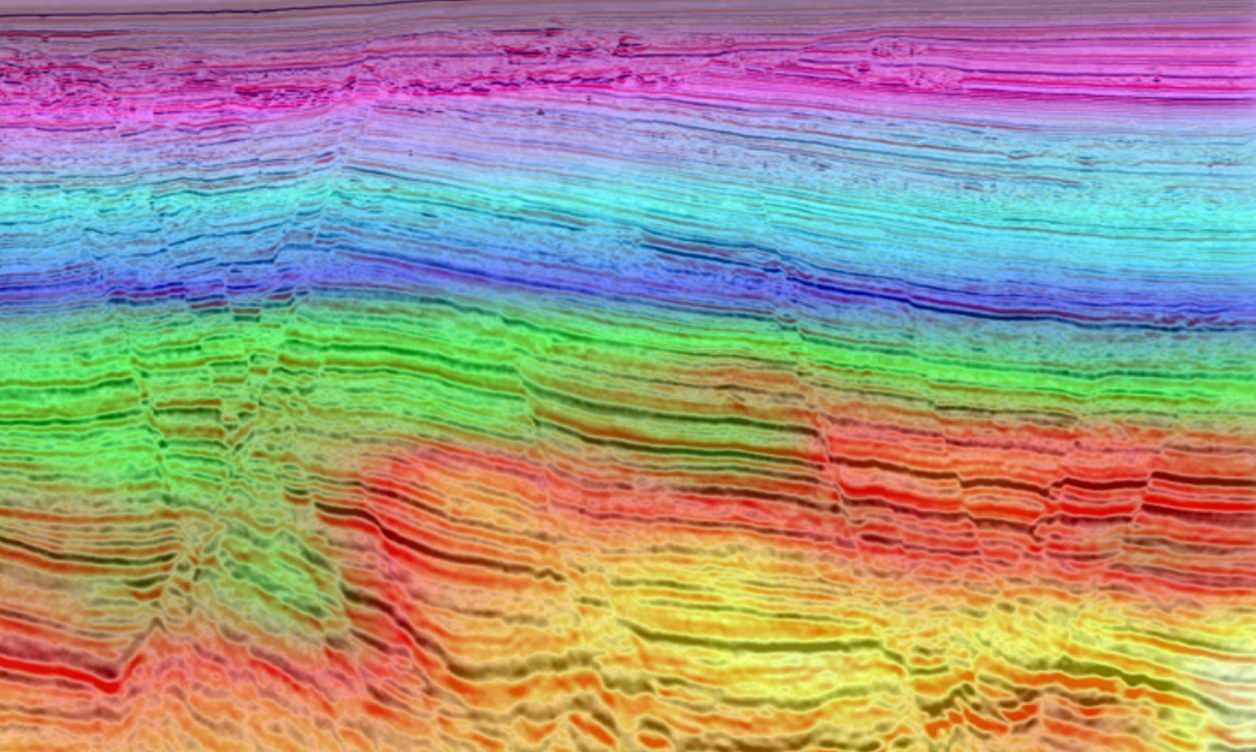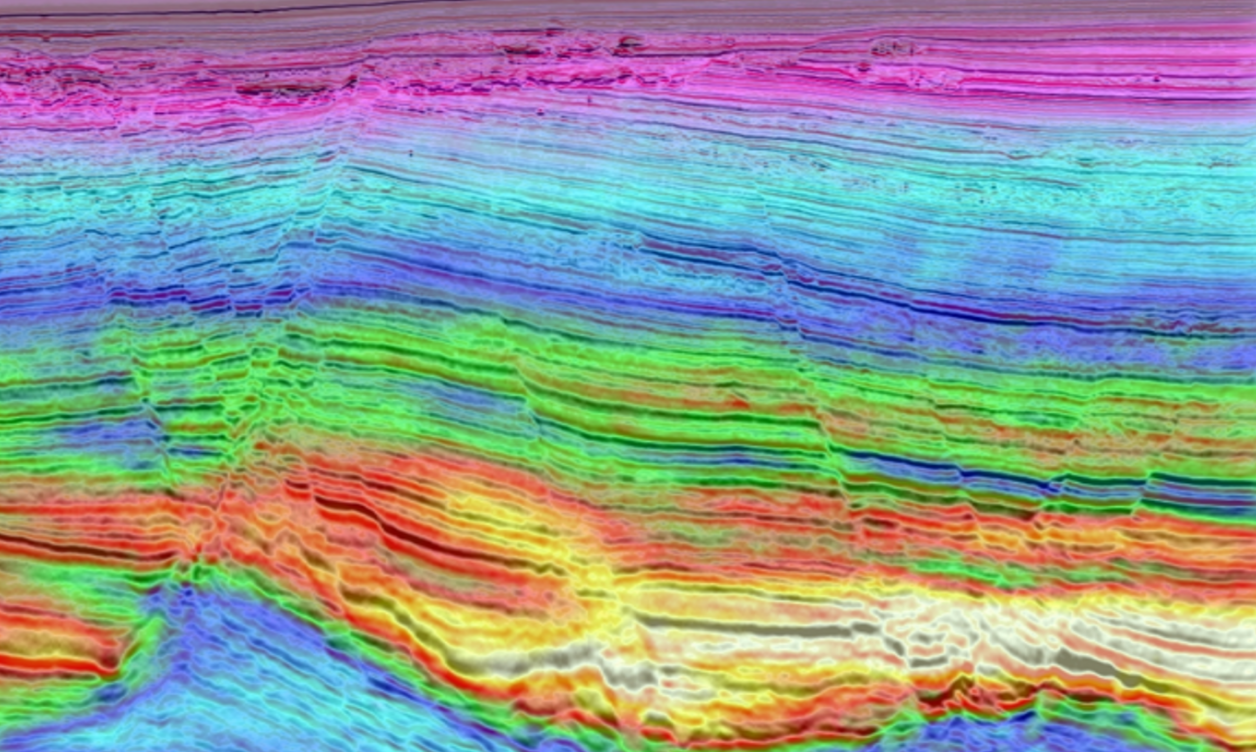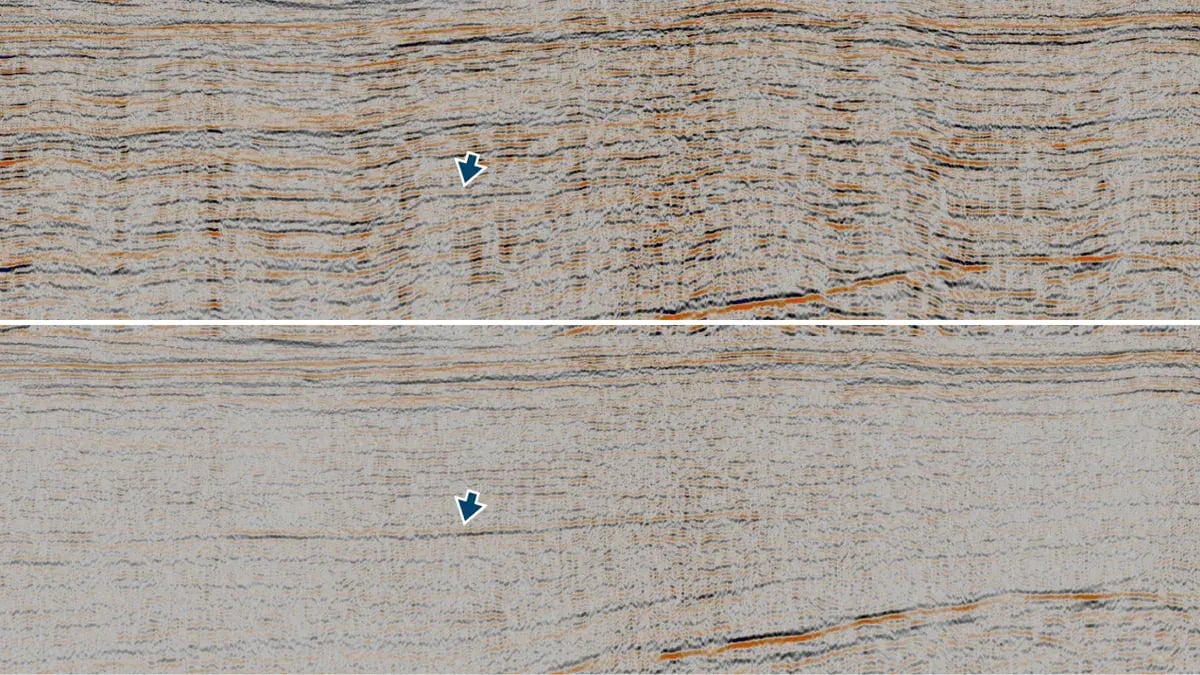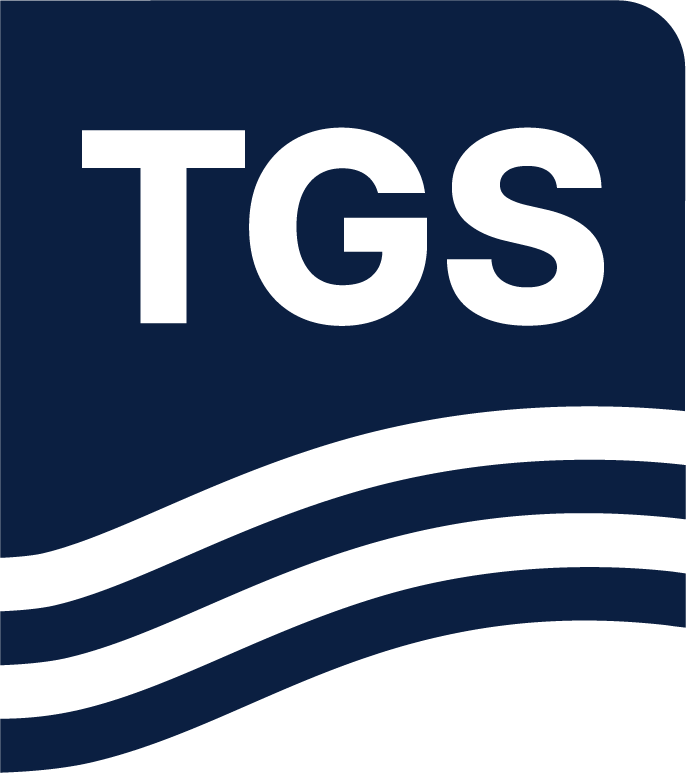TGS offers an integrated approach to 4D seismic surveying, from acquisition planning and feasibility studies to processing and reservoir production characterization. Our 4D compliant data processing and imaging technology ensures a high degree of repeatability, whatever the vintage of the surveys.
.png)


DM FWI: Adding Value to 4D Workflows
Our 4D inversion toolkit, formulated in the framework of TGS' Dynamic Matching FWI (DM FWI) workflow, offers a cost-effective solution while producing coherent and detailed time-lapse velocity model responses for fluid dynamics and reservoir monitoring.
Joint 4D Water Velocity Inversion
Water column variations are an important source of non-repeatability in time-lapse marine surveys, specially in deep water regimes. The physical property variations within the water layers can generate significant time-shifts between repeated time-lapse seismic data. The main difference with conventional approaches is the simultaneous usage of both 4D datasets for estimating the water velocity changes and therefore minimizing the seismic difference in the overburden.


.png?width=1256&name=TGS_website_4D_Imaging%20(3).png)
4D Least-Squares Migration (LSM)
TGS has developed a 4D LSM methodology based on image-domain reflectivity inversion using Point Spread Functions (PSFs). The method recovers reflectivity by explicitly computing multi-dimensional PSFs and deconvolving accordingly the final pre-stack migrated image. We have introduced formulation that is independent of geological and reservoir production constraints by incorporating the concept of cross-survey PSFs (XPSFs).
Opportunistic 4D
Traditionally, time-lapse reservoir monitoring is conducted with the acquisition of an additional monitor survey with the same geometry configuration as the baseline. This approach ensures a high repeatability, but it is often costly and time-consuming. TGS has successfully used its extensive Multi-Client data library opportunistically to monitor 4D production changes.

Speak to a Specialist
Interested in a live data review or demo? Let us know your needs and we’ll connect you to the right person or team.
Book a Data Viewing
Want to see the latest seismic data solutions and imaging technologies in your region of interest or for the next license round? Book a data viewing with one of our experts.
Discuss Your Seismic Data Needs
Every need is different and we'd like the opportunity to discuss yours further. Speak to one of our data or geoscience experts to customize seismic solutions specific to your requirements.

